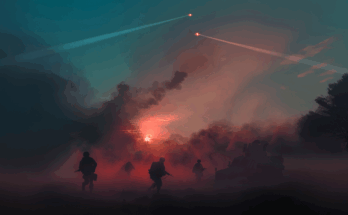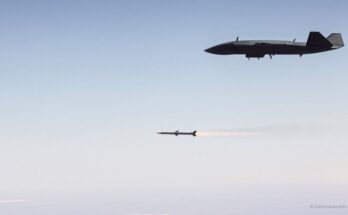by Stuart Slade, Senior Naval & Marine Power Systems Analyst, Forecast International.
The Ukrainian embargo on the supply of marine gas turbines to the Russian Navy has had a significant impact on the Project 1166 Gepard program. One possible outcome might well be a modification of the vessel’s design so that it uses an all-diesel powertrain. It is notable that the new Sri Lankan order is for a diesel-only ship and, given the way in which the Russian system works, this is likely to be the prototype for a Russian Navy-equivalent vessel. If so, this may move the probable acquisition date by the Russians up two or three years.
The 2015 cruise missile attack on the Syrian rebels has also raised the profile of the class and demonstrated that it offers a significant power projection capability in a small, inexpensive hull. The Sri Lankan acquisition followed this action, and the missile attacks may have had a bearing on the final Sri Lanka Navy decision in favor of this class. The important factor was that the ship purchased is “equipped for but not with” the capability to carry land-attack missiles should the necessity arise.
Positives and Negatives
An examination of the Project 1166 shows the class to have good endurance for its size and to be adequately equipped for a wide range of tasks, yet inexpensive enough to be purchased in large numbers. Recent events have shown that there is a growing role for a class of ship that has the endurance and presence capabilities of an offshore patrol vessel but also an enhanced combat capability. Project 1166 appears to fulfill this role to perfection. It is faster than an offshore patrol vessel and can reach the scene of an incident more quickly. As an added bonus, that same extra speed could be lifesaving in the case of a maritime disaster.
Set against its capabilities are the limitations of the Project 1166. One such limitation is that these vessels are a comparatively old design that dates from the early 1980s and reflects the design tradeoffs of that era. The ships have relatively large crews for their size and role, increasing operating costs and recruitment issues. Crew comforts and facilities also reflect the Soviet design era rather than the requirements of the present day. It has been reported that, following experiences with the Dinh Tien Hoang, the Vietnamese Navy demanded significant habitability improvements with the Ly Thai To.
Ship maintenance and support is another area that Russian shipbuilders have yet to address to Western standards. The Project 1166 equipment is all Russian and is not interoperable with Western-designed ships. Now, it is entirely possible to re-equip these ships with Western electronics and weaponry, but doing so could lead to integration problems and would likely sacrifice the low cost that is such a significant virtue of the Project 1166 class. These limitations suggest that the market for the Project 1166 will be restricted to existing operators of Russian-produced warships who seek to replace older tonnage. However, this may change if a Western-equipped version becomes available.
Outstanding Orders
Currently, the only confirmed outstanding orders for the vessel are the ASW-configured ships bought by Vietnam and the patrol-configured ship purchased by Sri Lanka. The design is being heavily promoted to Indonesia as a replacement for its large fleet of East German-built corvettes.
There is significant additional potential for this useful design. Russian sources have referred to an alleged plan to build up to eight ships of this class for service in the Baltic and Caspian seas. This may provide scope for additional construction in the medium term. At the moment, though, none of the additional ships proposed for the Russian fleet appear to have been ordered. This, combined with the Ukrainian turbine embargo, means that any additional Russian deliveries will not take place for at least another eight years – unless, of course, a diesel-engined version is produced.
For 50 years, Forecast International intelligence reports have been the aerospace and defense industry standard for accurate research, analysis, and projections. Our experienced analysts compile, evaluate, and present accurate data for decision makers. FI's market research reports offer concise analysis of individual programs and identify market opportunities. Each report includes a program overview, detailed statistics, recent developments and a competitive analysis, culminating in production forecasts spanning 10 or 15 years. Let our market intelligence reports be a key part of reducing uncertainties and mastering your specific market and its growth potential. Find out more at www.forecastinternational.com



